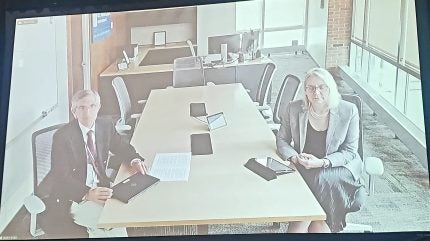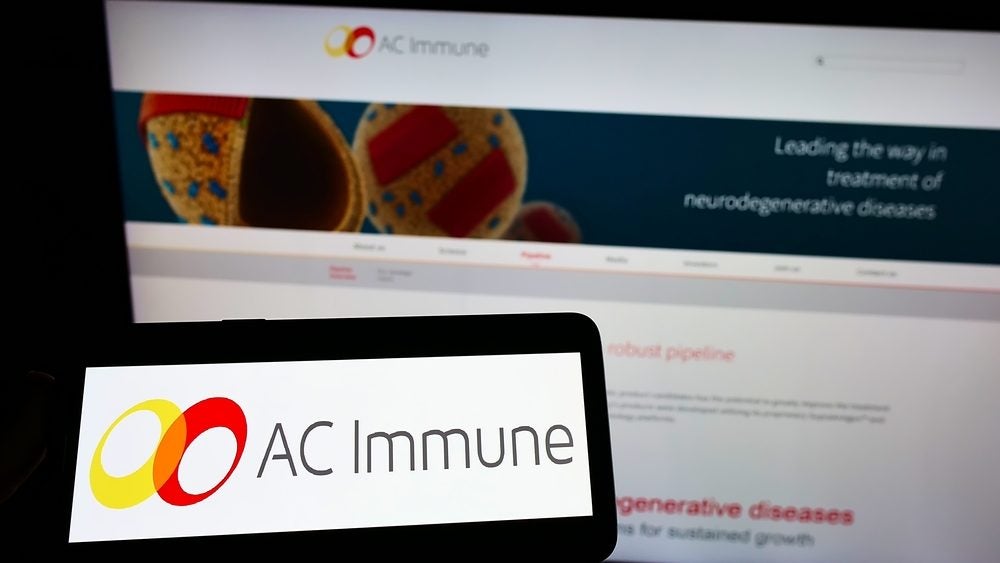
An upcoming session designed to gather suggestions to optimise the US Food and Drug Administration (FDA) Advisory Committee (AdCom) meetings will likely centre on ways to navigate members’ conflicts of interest, said two FDA officials.
Dr Patrizia Cavazzoni, director, Center for Drug Evaluation and Research (CDER); and Dr Peter Marks, director, Center for Biologics Evaluation and Research (CBER), both joined a town hall from their Maryland offices via a video call on the 4 June at the ongoing BIO International conference. The industry conference is taking place in San Diego on 3 – 6 June.
Among the wide-ranging discussion that spanned the regulators’ stance on manufacturing inspections, retaining talent at the agency, and ongoing pilot programs, both also spoke about the upcoming listening session on 13 June.
The public meeting is being held to find ways to improve the experience for committee members and the public, and one area that will be a focal point for it is the conflicts of interest for committee members. Identifying potential committee members with no conflicts becomes especially challenging in the field of rare diseases where most subject matter experts would have some conflict about the therapy that is being assessed, said Marks.
Marks said that it is important to understand what is valued in the AdCom process. For example, another aspect to discuss will be the value of voting on a question versus an in-depth discussion. He also added that some would argue both are important.
Later that same day, an AdCom voted to deny approval for Lykos Therapeutics’s midomafetamine (MDMA), which was being assessed as a treatment for post-traumatic stress disorder. While the FDA is not beholden to follow the AdCom opinion while making an approval decision, apart from rare cases such as with Biogen’s Alzheimer’s drug Aduhelm (aducanumab), the agency usually does.
How well do you really know your competitors?
Access the most comprehensive Company Profiles on the market, powered by GlobalData. Save hours of research. Gain competitive edge.

Thank you!
Your download email will arrive shortly
Not ready to buy yet? Download a free sample
We are confident about the unique quality of our Company Profiles. However, we want you to make the most beneficial decision for your business, so we offer a free sample that you can download by submitting the below form
By GlobalDataSeveral high-profile upcoming meetings are on the docket in the coming weeks, including one on Eli Lilly’s Alzheimer’s donanemab on 10 June.
Both CDER and CBER will go back to having fully in-person AdComs in September, said Cavazzoni.
Accelerated vs full approvals
In recent years, several drugs that initially received accelerated approval based on biomarker data were later pulled off the market after a confirmatory trial failed to back its efficacy. Amylyx’s amyotrophic lateral sclerosis (ALS) drug Relyvrio (AMX0035) was withdrawn in April after its Phase III study failed to meet its primary endpoint.
Both officials laid out the unique challenges of granting accelerated approval for each of the divisions that are specific to the products they govern – small molecules versus biologics. Both said a full approval is always preferable – no confirmatory study is needed and sponsors can get a therapy more easily reimbursed.
But when a decision needs to be made based on relatively limited data for accelerated approval, Cavazzoni said it comes down to the science: “We need to identify a biomarker that reasonably predicts clinical benefit.”
With gene therapies, which are assessed by CBER, the gene of interest is mostly known and can be measured. Sometimes the effect sizes in the trial data that are submitted are significant enough to then back a therapy’s efficacy, said Marks. He cited the example of Novartis’ spinal muscular atrophy (SMA) therapy Zolgensma, (onasemnogene abeparvovec) which was FDA-approved in May 2019. “It is not a perfect gene therapy, but when you have something where no kid is alive aged three years versus 95% are alive at three years [if they get the therapy], you don’t need a lot of statisticians to tell you what’s going on. It’s pretty obvious,” said Marks.
However, assessing efficacy for rare diseases or in case of combinations is challenging for accelerated approval, because, in many cases, the downstream markers of the disease are not known. Hence Cavazzoni said, the type of drug is very important. In terms of drugs assessed at CDER, she said antisense oligonucleotides (ASOs) are a good example of a situation where the therapy’s mechanism, how it engages with the target, and the pathophysiology of the disease are well understood.
Cavazzoni gave the example of Biogen’s Qalsody (tofersen) approval. where the agency relied on the data with the plasma neurofilament light (NfL) biomarker to grant an accelerated approval in April 2023. The therapy is indicated for amyotrophic lateral sclerosis (ALS) associated with a mutation in the superoxide dismutase 1 (SOD1) gene, and Nfl is an indicator of axonal (nerve) injury and neurodegeneration.







